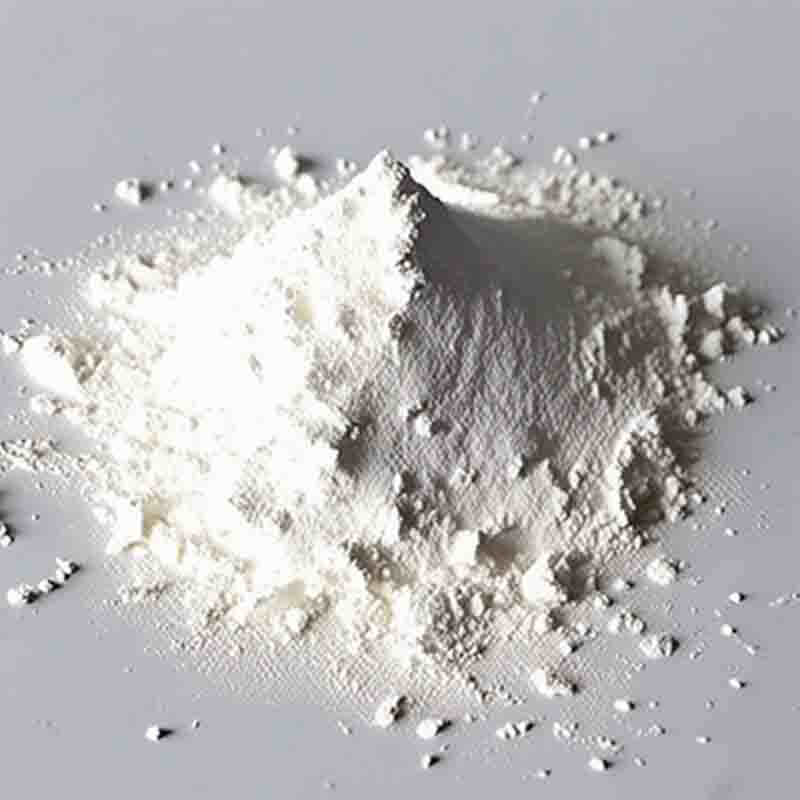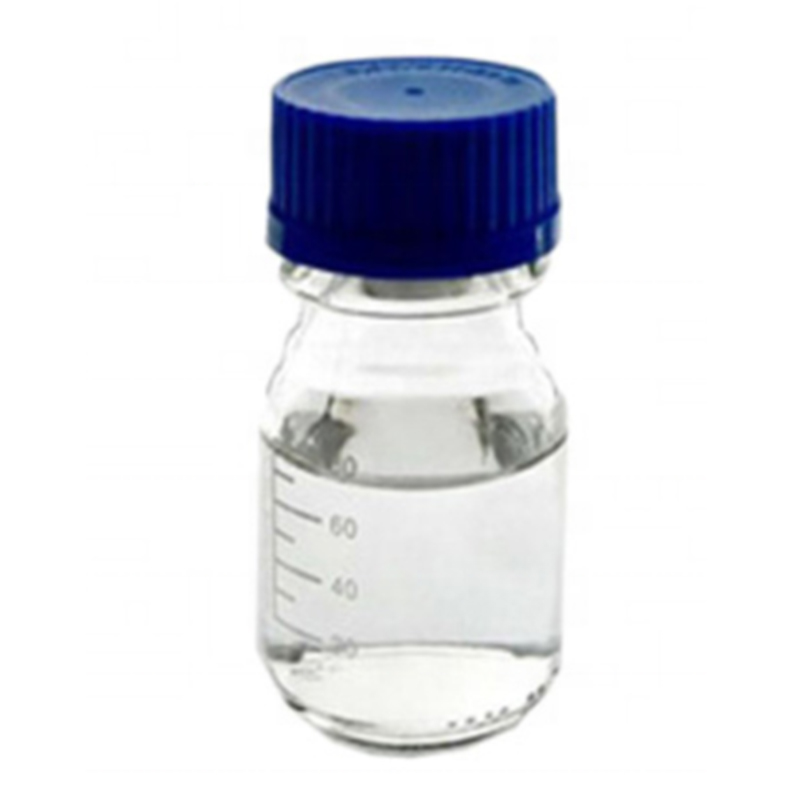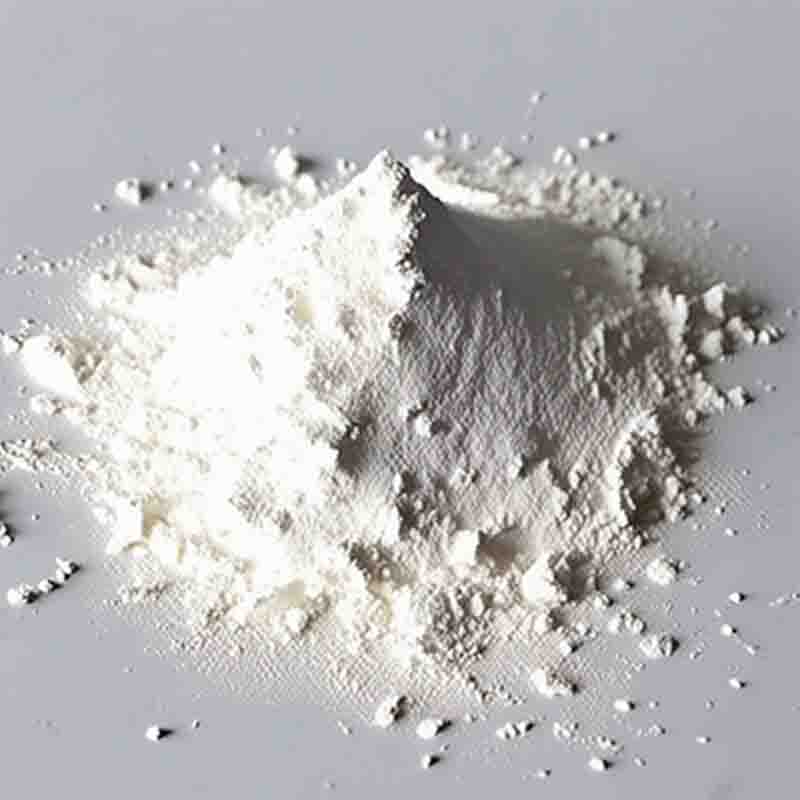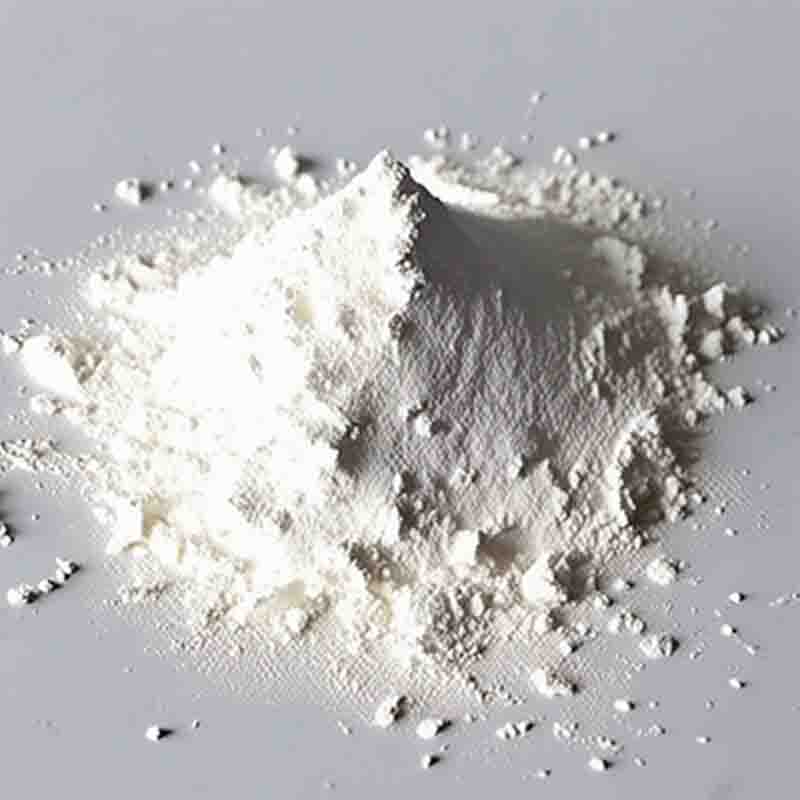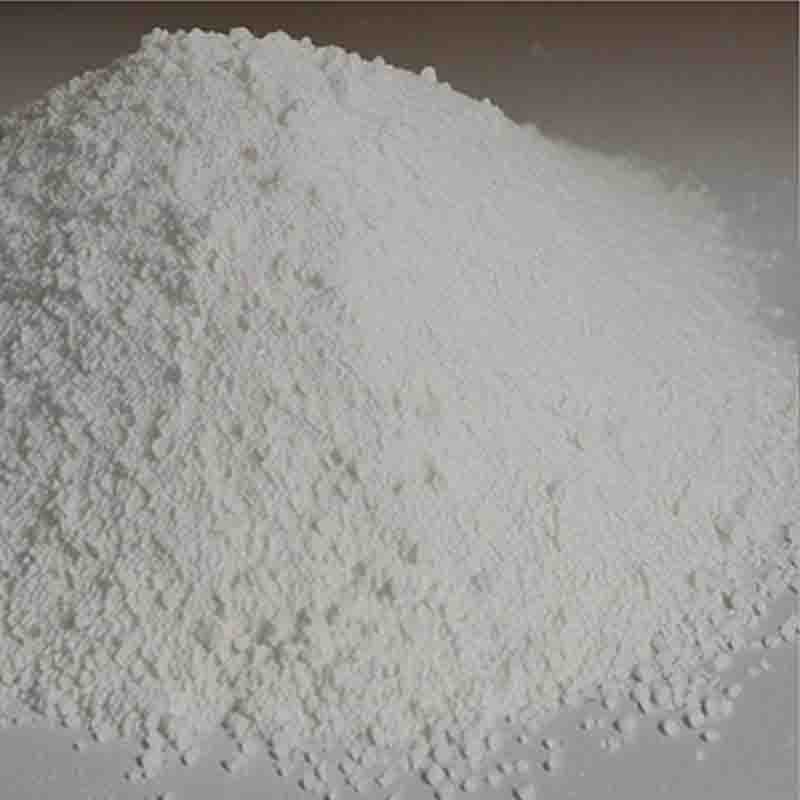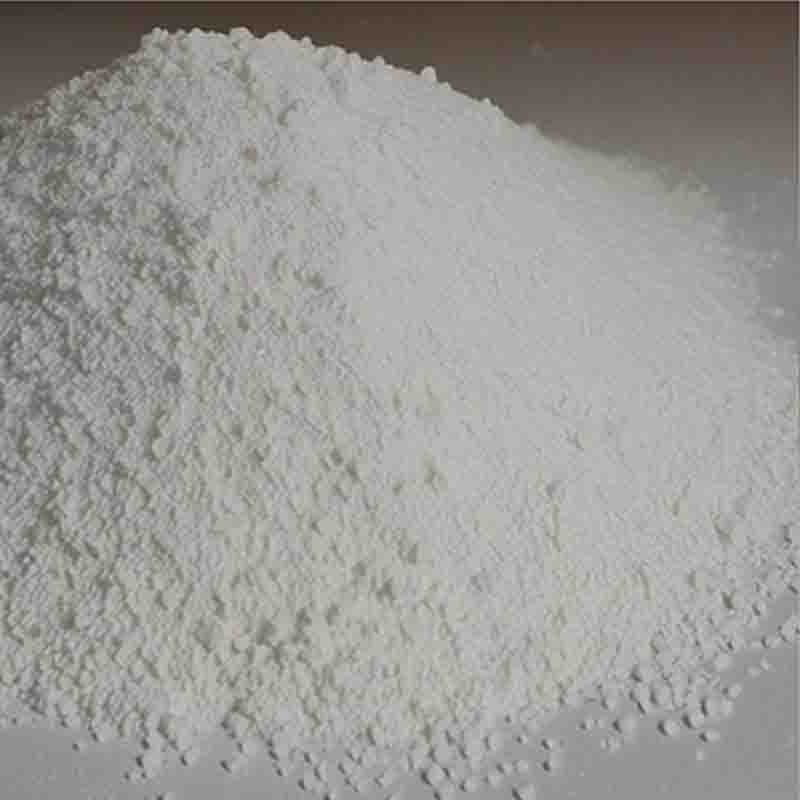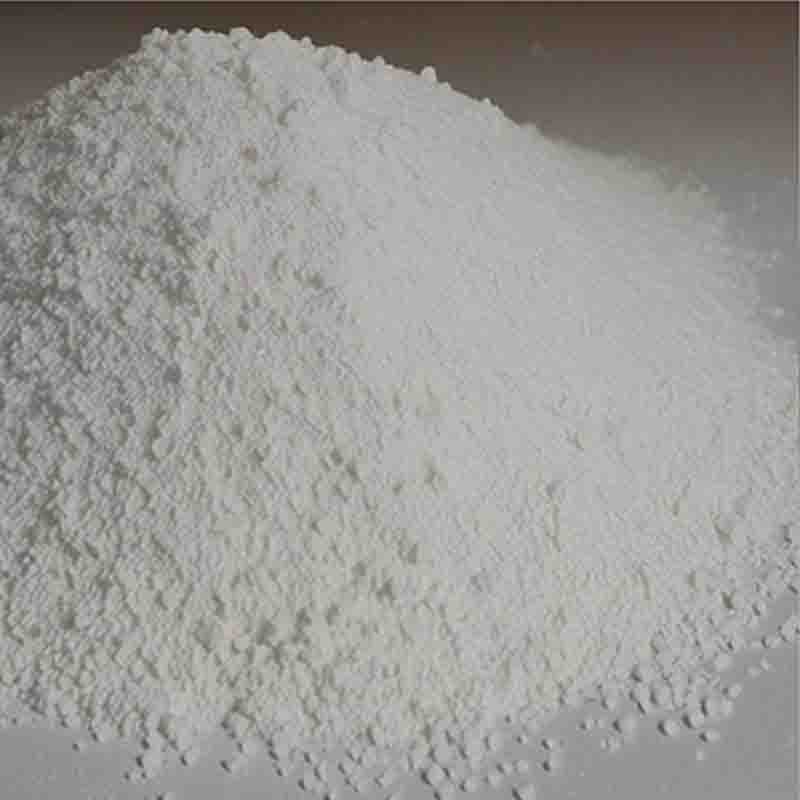Tetrakis(triphenylphosphine)palladium CAS: 14221-01-3
| Catalog Number | XD94395 |
| Product Name | Tetrakis(triphenylphosphine)palladium |
| CAS | 14221-01-3 |
| Molecular Formula | C72H60P4Pd |
| Molecular Weight | 1155.561844 |
| Storage Details | Ambient |
Product Specification
| Appearance | White powder |
| Assay | 99% min |
Tetrakis(triphenylphosphine)palladium, commonly referred to as Pd(PPh3)4 or Pd(PPh3)4, is a well-known organometallic compound that has several important applications in various fields.One of the primary uses of Pd(PPh3)4 is as a catalyst in organic synthesis. As a source of palladium, it is used in a wide range of reactions, including cross-coupling reactions like the famous Suzuki-Miyaura and Heck reactions. These reactions are vital for the creation of new carbon-carbon bonds, enabling the synthesis of complex organic molecules. The use of Pd(PPh3)4 as a catalyst enables these reactions to proceed under mild conditions and with high selectivity and efficiency, making it an invaluable tool in synthetic chemistry.Moreover, Pd(PPh3)4 is utilized in the manufacture of pharmaceuticals and fine chemicals. It enables the synthesis of key intermediates and active pharmaceutical ingredients (APIs) by facilitating critical transformations such as carbon-carbon bond formation, carbon-heteroatom bond formation, and selective hydrogenation. Its versatility and efficiency play a crucial role in streamlining the synthetic routes and improving the overall yield and purity of the final products.Another notable application of Pd(PPh3)4 is in materials science, particularly in the production of polymers and functional materials. It is employed as a catalyst in polymerization reactions, such as Heck polymerization or Suzuki polymerization, which enable the synthesis of polymers with controlled structures and specific properties. By using Pd(PPh3)4 as a catalyst, researchers can tailor the properties of polymers, such as their molecular weight, composition, and chain architecture, leading to the development of advanced materials for various applications, including electronics, optics, and coatings.Furthermore, Pd(PPh3)4 has utility in the field of catalytic hydrogenation. It can catalyze the reduction of various unsaturated compounds, such as alkenes and alkynes, to their corresponding saturated forms. This process is essential in the production of fine chemicals, as it allows for the selective reduction of specific functional groups while leaving others intact. The application of Pd(PPh3)4 in hydrogenation reactions enables the synthesis of valuable intermediates and final products with improved purity and quality.It is important to note that Pd(PPh3)4 is an air-sensitive compound and should be handled and stored under rigorous air-free conditions. Also, as with any chemical compound, safety precautions should be followed during its use.In summary, tetrakis(triphenylphosphine)palladium, or Pd(PPh3)4, is a highly versatile catalyst with significant applications in organic synthesis, pharmaceuticals, materials science, and catalytic hydrogenation. Its ability to facilitate crucial reactions and provide high selectivity and efficiency makes it a valuable tool in the development of complex molecules, advanced materials, and fine chemicals. Researchers and chemists rely on the versatility and reactivity of Pd(PPh3)4 to enable efficient and sustainable synthetic processes in various industries.


